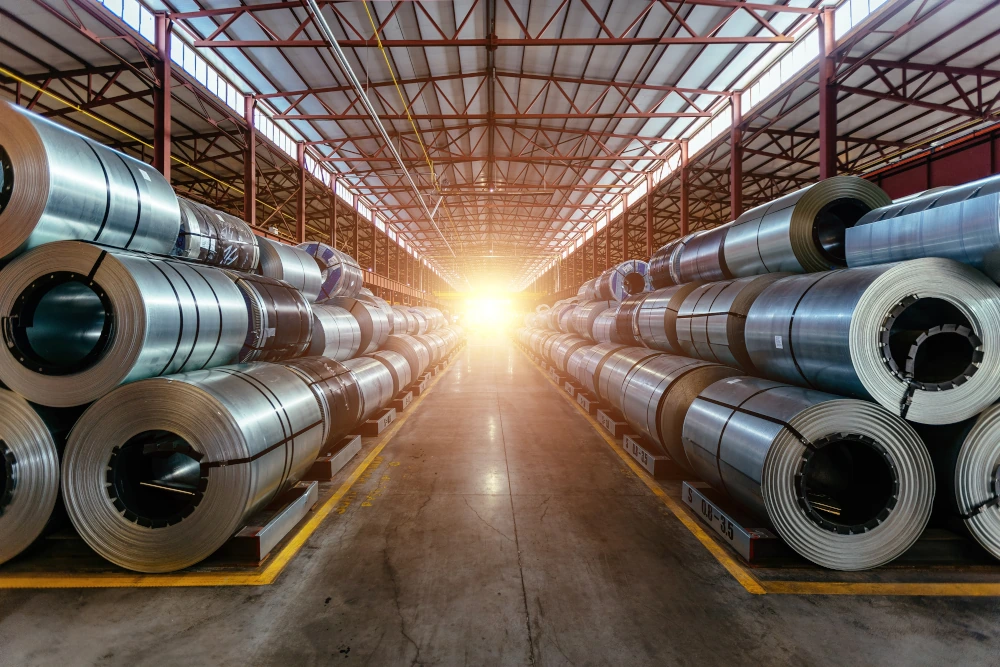
Steel Market Update’s latest survey data reflects a consensus among steel buyers that sheet prices have bottomed out and might rebound.
Lead times continue to extend. Fewer sheet and plate mills are willing to negotiate lower spot prices. Seventy percent of survey respondents think prices bottomed out in October.
Also, 75% of respondents think that we’ll end the year with hot-rolled coil (HRC) prices above $700/ton (see Figure 1).
That’s somewhat remarkable considering that concerns lingered—especially ahead of the United Autoworkers (UAW) strike—that HRC could fall into the $500/ton range.
Notable, too, is that the sheet price increase led by Cleveland-Cliffs in late September appears to have gained more traction among service centers than a prior round of hikes announced in June/July (see Figure 2).
Approximately one-third of service center respondents reported increasing prices in our mid-October survey. Compare that to only 8% following the increase led by U.S. Steel in mid-June.
We haven’t seen service centers following the mills’ increased prices at this level since late Q4 of 2022, just ahead of a sheet price spike in Q1 of this year.
Meanwhile, more than 70% of respondents predicted that they would meet or exceed forecasts in October (see Figure 3). That trend has proven durable despite volatility in prices and current events.
What’s also interesting is that price expectations have firmed even as the consensus about the length of the UAW strike has shifted. Approximately 50% of survey respondents in early October predicted that the UAW strike would reach at least seven to eight weeks. In September, shortly after the strike was announced, about 50% thought it would last only three to four weeks. A month ago, only 10% predicted that the strike would last more than seven weeks.
How are prices rising even though most people underestimated the length of the UAW strike? It appears that mill idlings, maintenance outages, and strength in other markets have to date offset lower demand from union-represented automotive companies.
